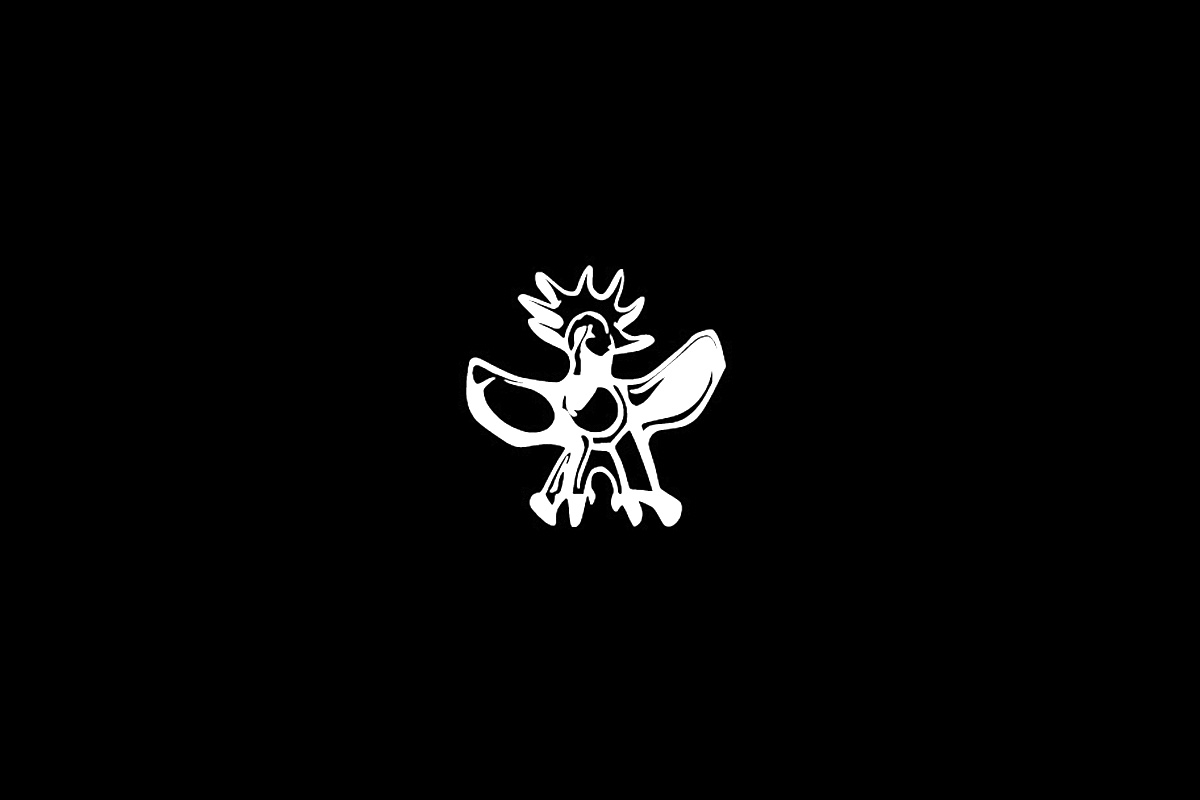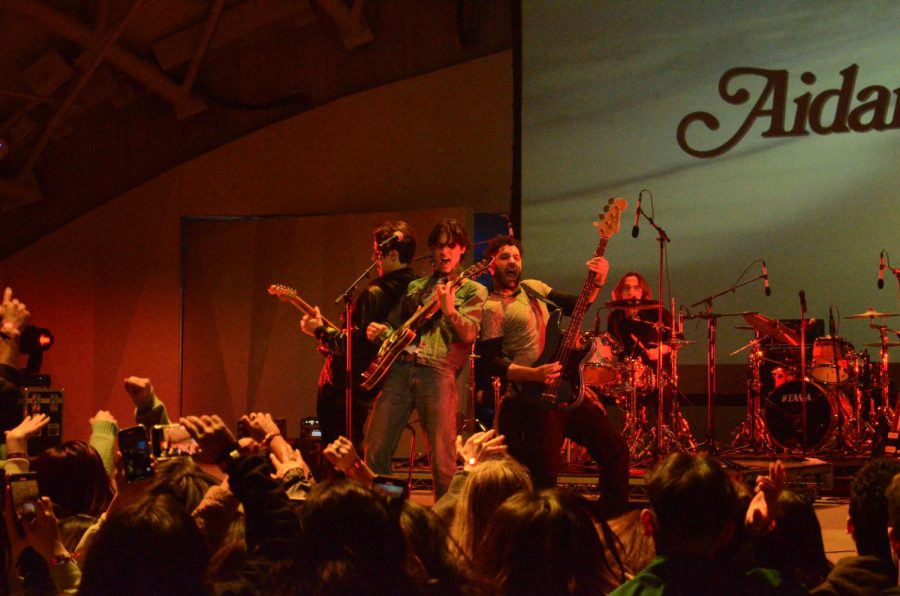Haven’t we seen this god-awful movie before?
Our story is usually set in the west somewhere, when a cowboy runs for president, vows to bolster the economy by cutting taxes for the rich folks who voted for him so that they will, in return, spend the billions they receive back on American goods and services, trickling down — no — flooding down to the middle and working classes faster than a pistol draw in a Texas duel.
Unfortunately for Americans, during the last movie, the cowboy wanted to spend an unprecedented amount of money during “”peacetime”” (although that term is debatable) on weapons and defense to scare off the Soviets while holding true to maintaining tax cuts to the wealthy. The money didn’t trickle down, either; it oozed more slowly than a chuck of molasses on a cold day. By the end of his term, taxes for the upper class had been decreased from 70 to 28 percent, and the federal deficit had skyrocketed from $1 trillion to $3.5 trillion.
You can’t have your guns and butter, as the story goes — there’s just not enough to go around. While Secretary of Defense Donald Rumsfeld spouted off on Christmas Eve that the United States could win handily in both Iraq and North Korea, saying that “”we are capable of winning decisively in one and swiftly defeating in the case of the other … Let there be no doubt about it,”” George Jr. and friends were back at the ranch putting the finishing touches on an economic package where taxes on stock dividends would be eliminated. According to Bush, the plan, which the White House conceded will cost over $600 billion over the next decade, “”provides tax relief to the working citizens. It is a plan that is a very fair plan.””
So why is it so fair? Do working- and middle-class people really have that much money tied up in stocks that they are going to save oodles of money on this plan? Bush officials estimate that a family of four in a $42,000 household will save $1,083 annually.
But is the dividend tax cut going to be the overriding factor in the thousand-plus dollars they are saving? By virtue of being a family of four, there are two children, each worth an extra $400 in the new plan.
So how much of the remaining $283 that Bush promises will the typical family actually save because of the dividend cut?
The median American household’s net worth is about $47,000 (inflation adjusted from a 1995 figure), of which only 8.4 percent is wrapped up in stocks and mutual funds, according to a report titled Household Net Worth and Asset Ownership (2001). According to the report, the typical American household owns $3,950 in stocks and mutual funds.
The corporate stocks comprising the Dow Jones Industrial Average pay dividend returns ranging from nothing to 4.9 percent. The median dividend returns come from the Bank of America and 3M, which, as of Jan. 7, both paid out an even 2 percent in dividends from the amount invested. For that typical American household with a net worth of $47,000, that’s an annual average return of $79.
So how much of that $79 is taxed today? According to Stuart Ritter, a certified financial planner at T. Rowe Price securities, stock dividends are currently taxed at the same rate as one’s income. For the married couple bringing home $42,000 annually, the tax rate is 15 percent.
So that American family of four with a 15 percent tax rate and the median net worth of $47,000 will be saving a whopping (drum roll, please) $11.85.
Eleven eighty-five? Many people can’t buy a 12-pack of their favorite beer for that much money!
So why the gripe if a middle-class American family of four is still saving over $1,000 annually? The gripe doesn’t stem from the money necessarily as it does from the means of the product.
The overwhelming bulk of the savings will be passed out to the top 1 percent of income earners, who have historically owned between 40 and 70 percent of the nation’s household wealth. They are people who have a much more vested interest in the market because stock dividends and capital gains make up a much larger chunk of their income. The corporate dividend tax relief will only put significantly more money into the pockets of the wealthy, a group that has also historically reinvested the dividend returns.
Even more important, according to economists, is how the recent tax package has presented itself as a stepping stone toward radical tax reform. If the elimination of the dividend tax is carried out, the burden of the federal government’s revenue will become increasingly dependent on wage taxes. Talk is also being kicked around by pundits that Bush may propose a national sales or consumption tax in the future, designed to compensate further reductions. While billed as an economic stimulus, many are calling it economic reform.
“”This … has nothing to do with creating jobs or fixing the economy in 2003,”” Lawrence Mishel, president of the Economic Policy Institute, told the Chicago Tribune. “”This is a move to eliminate taxes on capital and tax-only wages.””
Economists on both the left and right have charged the new plan as a way for Dubya to pave the way toward future pro-corporate objectives taken straight out of Uncle Ronnie’s book, such as slashing corporate taxes and possibly eliminating all capital gains taxes.
At this point, the burden will have been shifted to the income tax, which is also prospected to become flatter. A flatter tax rate would relieve top wage earners and place more responsibility on the lower-wage earners to make up the revenue through their taxes.
The timing of a package like this is all too untimely, experts say. Professor Ross Starr of the UCSD Economics Department contends that the national economy will already be on the rebound by 2004, when the plan would kick in. Starr also stated that the plan would have negative long-term effects, such as increased inflation rates, a lower financial strength for the federal government and jeopardized social security benefits. A short-term stimulus like this, Starr said, would have been better implemented in 2001, when the economy initially took a turn for the worse.
Hopefully this cowboy movie will end a bit differently from the last one, where the townspeople stand up to their president and collectively shout “”baloney!”” — sending the cowboy president riding into the sunset to try again later, this time with a plan that will actually help out the middle-class Americans as advertised.







